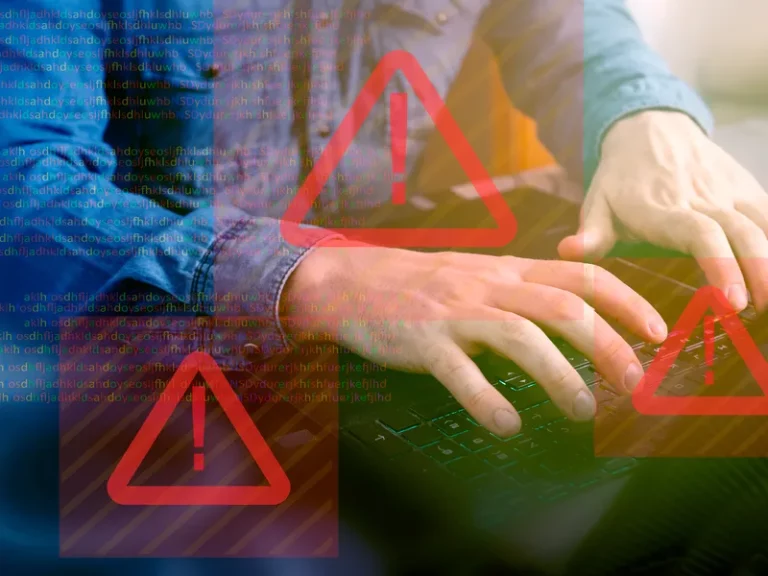As organizations modernize their IT environments, adopting hybrid work, migrating to the cloud, and expanding digital ecosystems, they face a new kind of security challenge: volume. Security operations teams are overwhelmed by endless alerts, fragmented telemetry, and the pressure to respond in real-time. Unfortunately, not every business can afford to maintain a full 24/7 SOC staffed with experienced threat hunters. That’s where Managed Threat Detection enters the picture, not as an outsourced service, but as an operational lifeline.
Managed Threat Detection is not just about handing off responsibility to a third party. It is about enhancing your internal capabilities with continuous monitoring, threat intelligence integration, and expert-driven analysis. It brings focus, speed, and clarity to organizations that would otherwise struggle to distinguish critical threats from background noise.
The Role of Managed Threat Detection in Today’s Security Landscape
Cyberattacks have become more persistent, stealthy, and often go undetected for weeks, if not months. For most organizations, relying solely on internal resources to detect these threats is neither practical nor scalable. Managed Threat Detection shifts the model. Instead of building everything in-house, organizations partner with specialists who bring round-the-clock monitoring, real-time analytics, and rapid escalation protocols. This is not about replacing your team but about reinforcing them. Managed Threat Detection providers use advanced tools, threat intel feeds, and human expertise to identify the subtle signs of compromise that traditional controls often miss.
Why Businesses Are Making the Shift to Managed Detection
The decision to outsource part of your threat detection strategy often comes down to operational reality. Internal teams are not only overwhelmed, but they are also often blind to certain types of threats or too slow to respond when every second counts. Organizations are increasingly adopting managed detection models due to these core challenges:
- Alert Fatigue: SOC analysts face hundreds or thousands of alerts daily. Most are false positives. Managed detection filters the noise and flags what matters.
- Skill Shortages: Cybersecurity talent is scarce, and retaining qualified analysts is difficult. Managed services give access to top-tier talent without internal hiring struggles.
- 24/7 Visibility Demands: Threats do not sleep. Most in-house teams cannot maintain non-stop monitoring, but attackers don’t work 9 to 5.
- Cloud and Hybrid Complexity: As infrastructure grows across multiple platforms, managing and correlating signals requires more than just basic tooling.
When Should You Transition to Managed Threat Detection?
For some organizations, adopting Managed Threat Detection is a natural evolution of their cybersecurity maturity. For others, it becomes a critical move triggered by operational stress, resource gaps, or repeated security lapses. The reality is even well-equipped teams can become overwhelmed by today’s fast-moving and stealthy threat landscape. If your internal resources are stretched thin, struggling to stay ahead of daily alerts, or unable to maintain round-the-clock vigilance, it may be time to reassess your approach. Here are some key signs that indicate the right time to consider making the shift:
- Incidents Slip Through the Cracks: Security events are often detected too late, or not at all, leading to delayed containment or escalated damage.
- Alert Fatigue Is Taking a Toll: Your team spends more time triaging false positives than hunting actual threats, causing critical signals to be overlooked.
- Gaps Outside Business Hours: There is no consistent monitoring during nights, weekends, or holidays, giving attackers an open window when your defenses are asleep.
- Cloud and Remote Visibility Is Patchy: You are unsure what is happening across decentralized endpoints, SaaS tools, or hybrid infrastructure, leaving blind spots unmonitored.
- Executive Reporting Is Lacking: You cannot confidently translate technical data into strategic insights for leadership, limiting decision-making and risk oversight.
- Security Tools Exist—But Are Not Fully Utilized: Tools like SIEMs or EDRs are deployed, but there is no one with the bandwidth or expertise to fine-tune or monitor them continuously.
Focus on Strategy, Let Experts Handle the Noise
In the battle for security, focus is everything. Managed Threat Detection allows internal teams to shift from firefighting to forward-planning, while ensuring no threat slips through the cracks. By outsourcing the noise and sharpening the signal, organizations can finally achieve security that scales with their growth and adapts with the threat.
At Terrabyte, we work with trusted technology partners to bring world-class Managed Threat Detection services to businesses across Southeast Asia. Whether you’re a fast-growing enterprise or a security team under pressure, Terrabyte can help you build a detection strategy that works, today and tomorrow.




